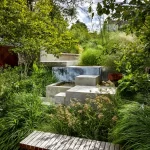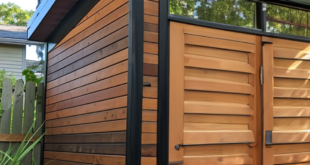Small gardens can be just as beautiful and functional as large ones, with the added benefit of being easier to maintain. With a little creativity and thoughtful planning, a small garden can provide a peaceful oasis in a bustling urban environment or add a touch of nature to a compact backyard.
One key to making the most of a small garden is to maximize vertical space. This can be achieved by installing trellises, hanging baskets, or using vertical planters to grow a variety of plants without taking up much ground space. Vertical gardening not only adds visual interest to a small garden but also allows for a greater variety of plants to be grown in a limited area.
Another important aspect of small garden design is to carefully select plants that are well-suited to the space. Compact or dwarf varieties of plants can thrive in small gardens without overtaking the space. Additionally, choosing plants that are low-maintenance and suitable for the local climate can help ensure that the garden remains healthy and vibrant with minimal effort.
Incorporating multi-functional elements into a small garden can also maximize its functionality. For example, incorporating seating areas that double as planters or using raised beds that also serve as storage can help make the most of limited space. By combining elements such as seating, storage, and planting areas, a small garden can be both aesthetically pleasing and practical.
Small gardens can also benefit from creative design elements such as pathways, lighting, and water features. Pathways can help define different areas of the garden and create visual interest, while well-placed lighting can extend the enjoyment of the garden into the evening hours. Water features such as fountains or ponds can add a calming element to a small garden and attract beneficial wildlife.
Finally, incorporating elements of sustainability into a small garden can help reduce its environmental impact and create a healthy ecosystem. Using organic gardening practices, such as composting and natural pest control methods, can help maintain a balanced and thriving garden. Additionally, incorporating native plants and creating habitats for beneficial insects and pollinators can help support the local ecosystem while adding beauty to the garden.















